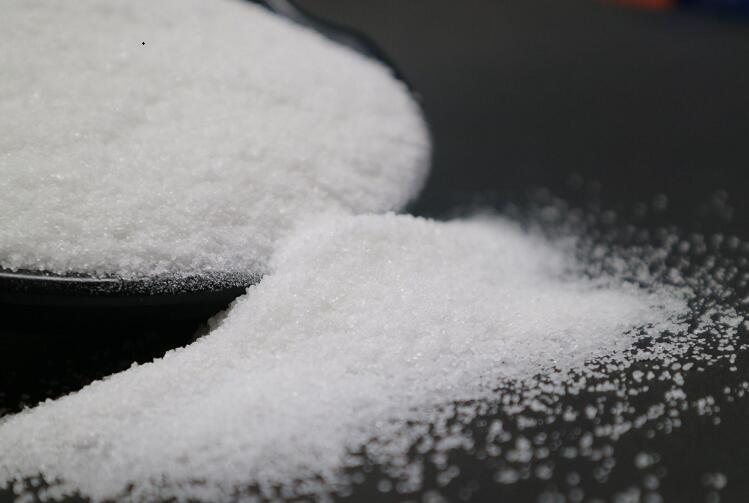Most people have a deep understanding of polyacrylamide (PAM), which has various indicators such as molecular weight, ionic strength, mesh size, and viscosity at their fingertips. However, there are still many who do not know the principle of PAM in treating wastewater. After seeing the medication, the wastewater gradually becomes clear. So how does it make the water clear?
The surface of pollutant particles in sewage contains a large number of charges with certain properties. These pollutant particles with the same charge repel each other, causing them to be distributed in water or combine with water through hydrogen or chemical bonds, resulting in water pollution.
The molecular chains of polyacrylamide organic polymers have a strong adsorption effect on these pollutants. The opposite charges on their branches not only neutralize the surface charges of charged pollutant particles, but also adsorb pollutant particles in wastewater onto their high molecular long chains through the adsorption of charges, achieving the purpose of solid-liquid separation; The chemical groups on the long chain of polyacrylamide organic polymers also replace the hydrogen bonds and chemical bonds between pollutants and water, resulting in the separation of pollutants and water, achieving the goal of purifying water.

Contact: Monica
whatsapp:
 Monica
Monica
Phone: +8613342014397
Tel: 022-25220868
Email: info@tjchemi.com
Add: No.180 Century Avenue, Dagang Street,Binhai New District, Tianjin, China